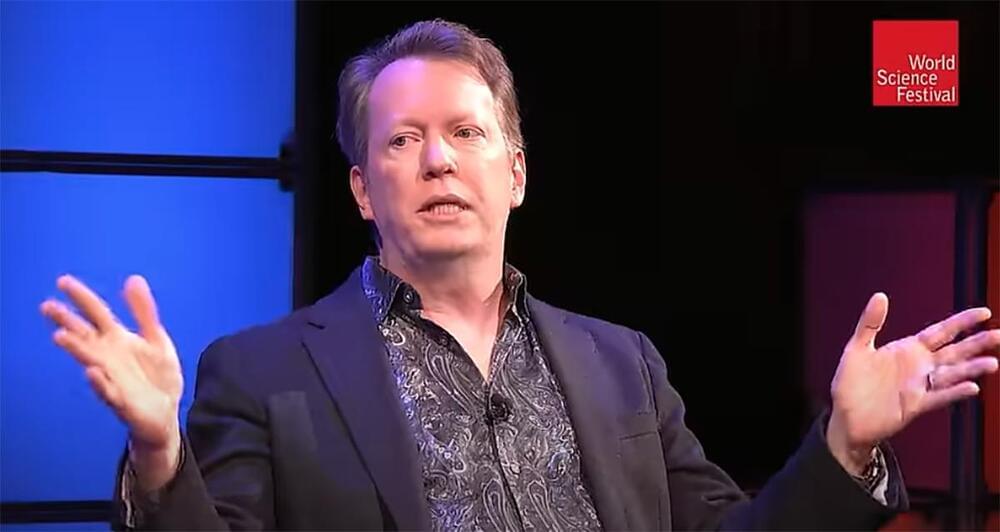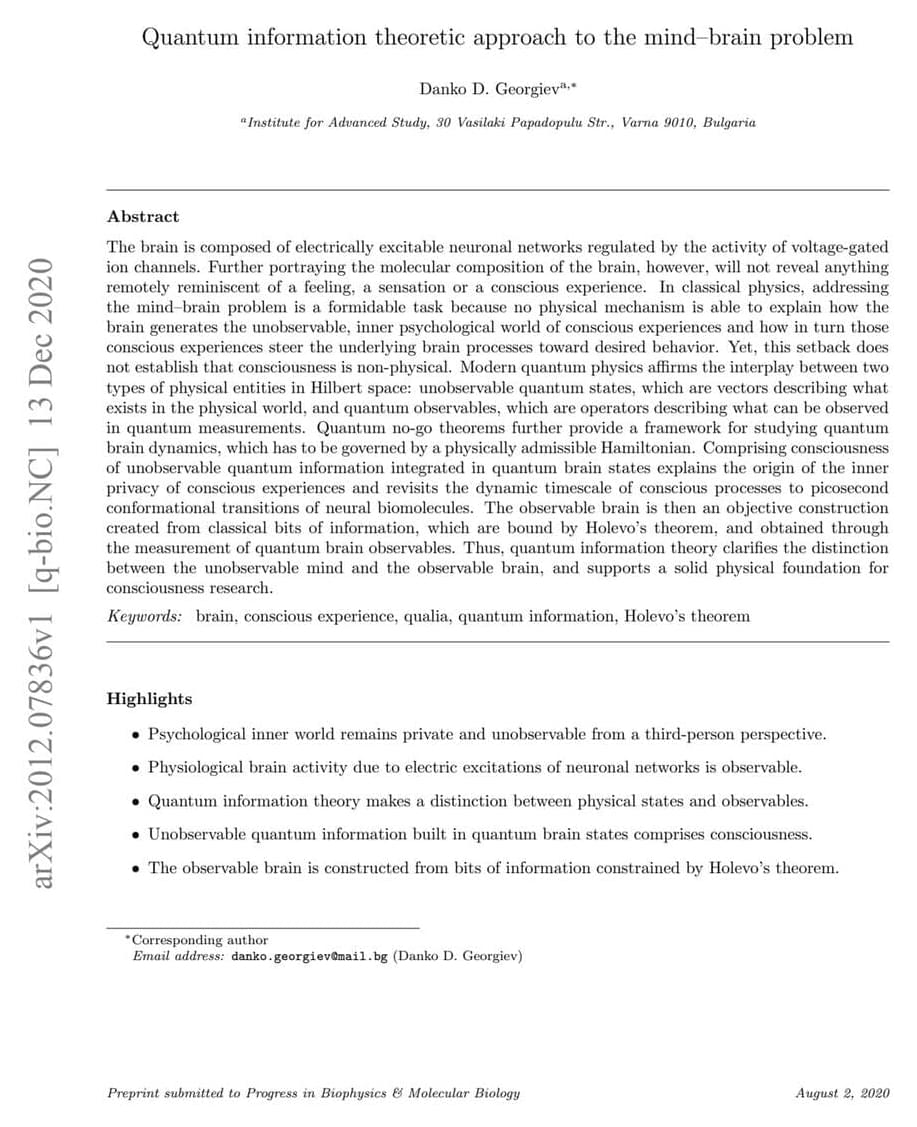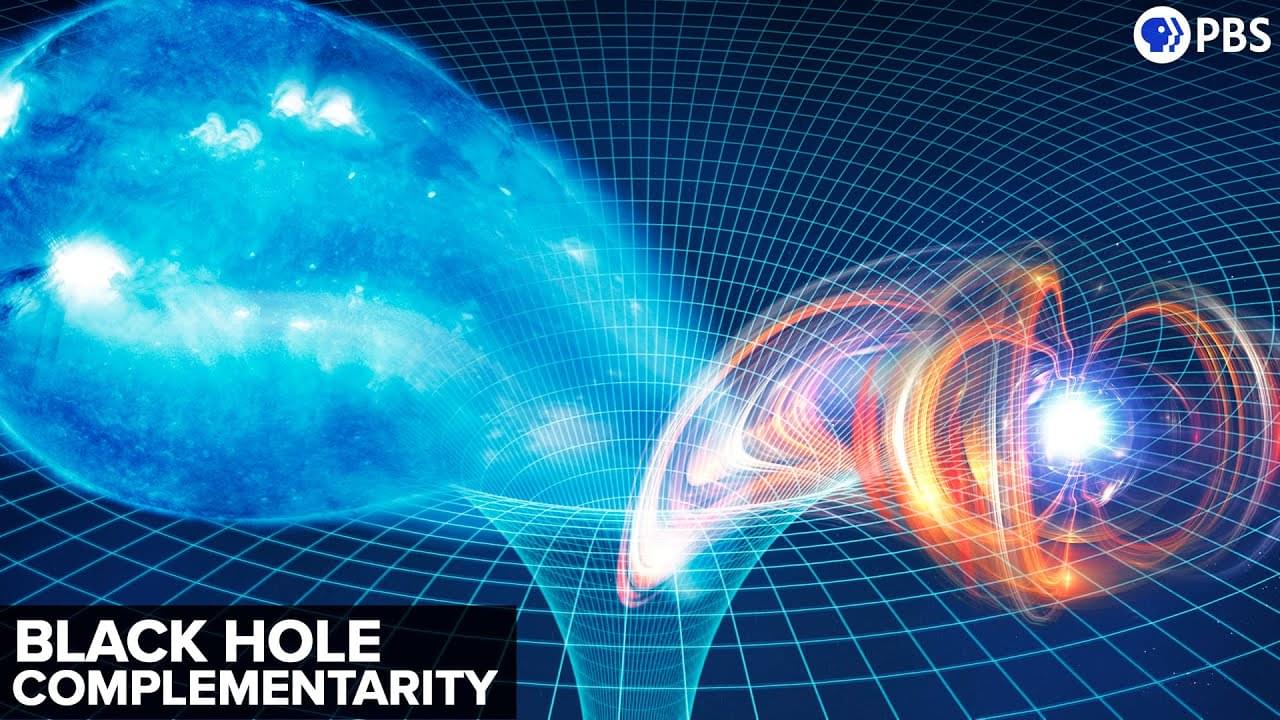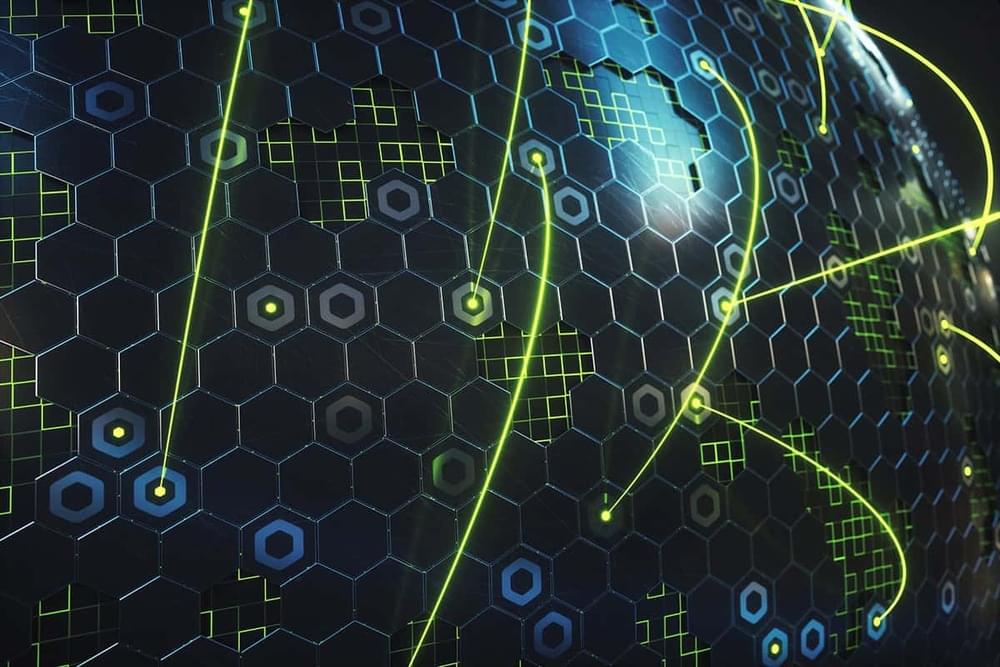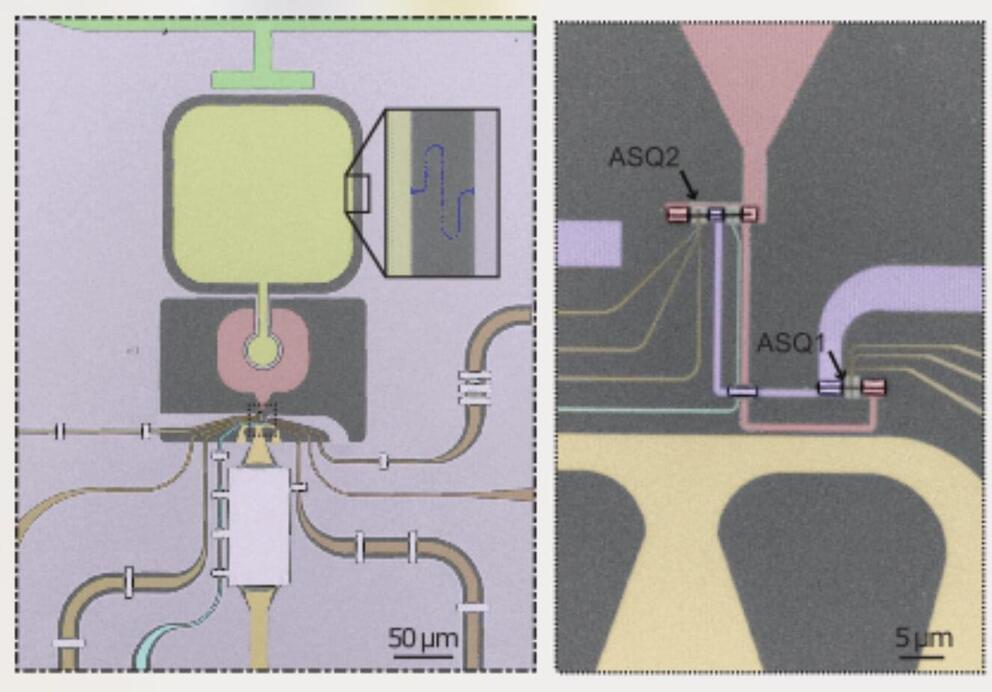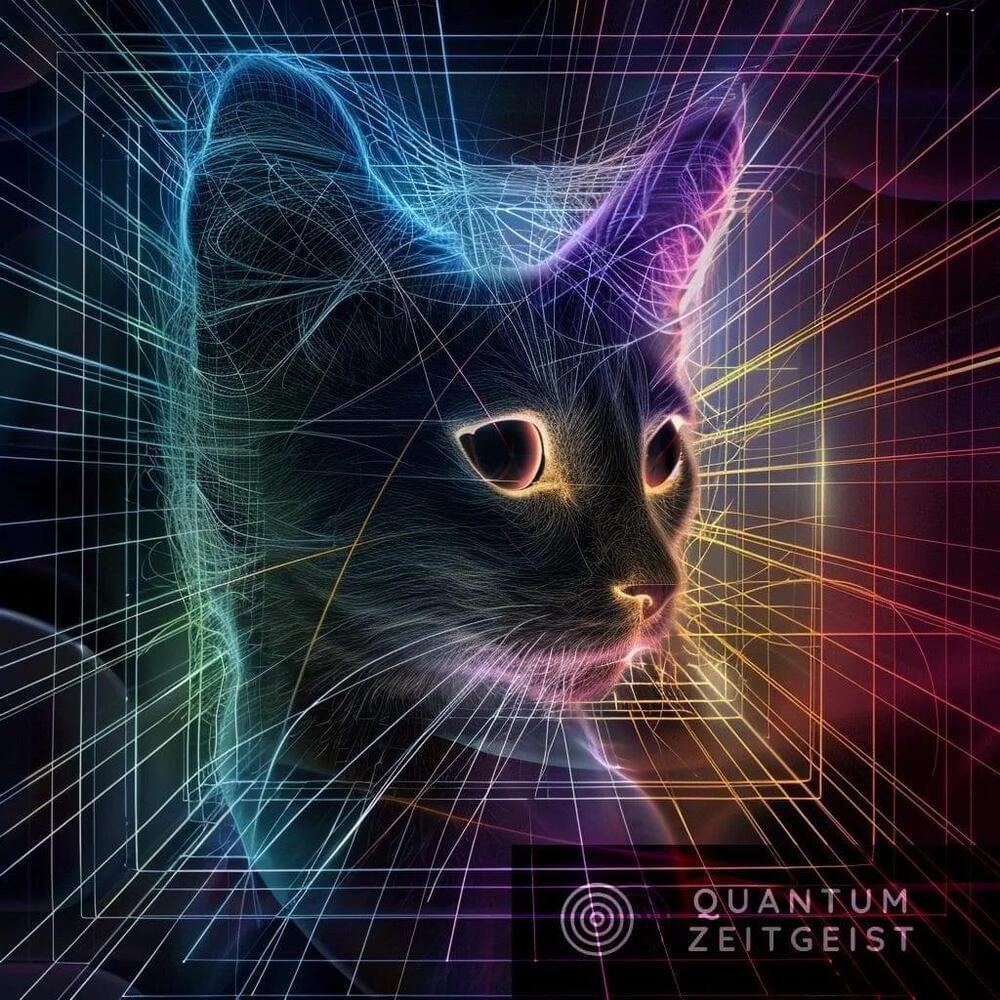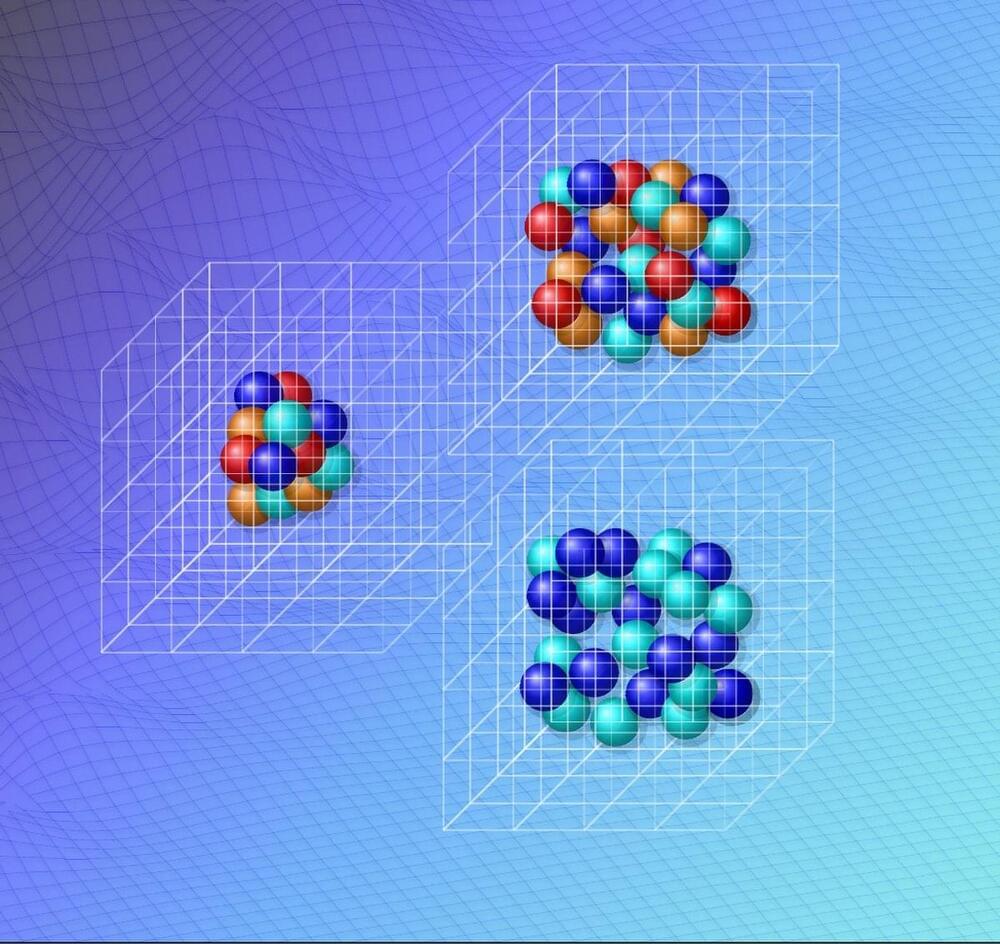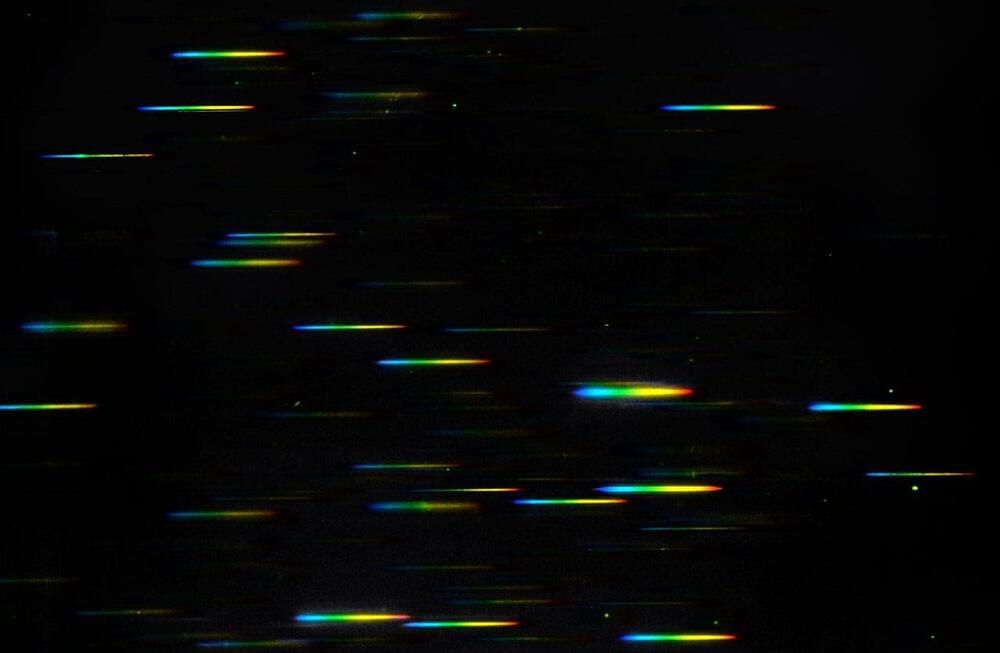May 24, 2024
Physicist Sean Carroll and the biggest ideas in the universe
Posted by Paul Battista in categories: information science, quantum physics
Sean Carroll, a physicist at Johns Hopkins University, spoke at the Bell House in Brooklyn, New York, in an event presented by New York City’s Secret Science Club. He talked about quantum field theory, which is now considered the definitive explanation of what reality is made of. So, pretty important stuff.
His new book The Biggest Ideas in the Universe: Quanta and Fields was released this week. It’s the second in a three-book series in which he goes through the important ideas of Physics for non-academics, but actually using and carefully explaining the equations that physicists use.
